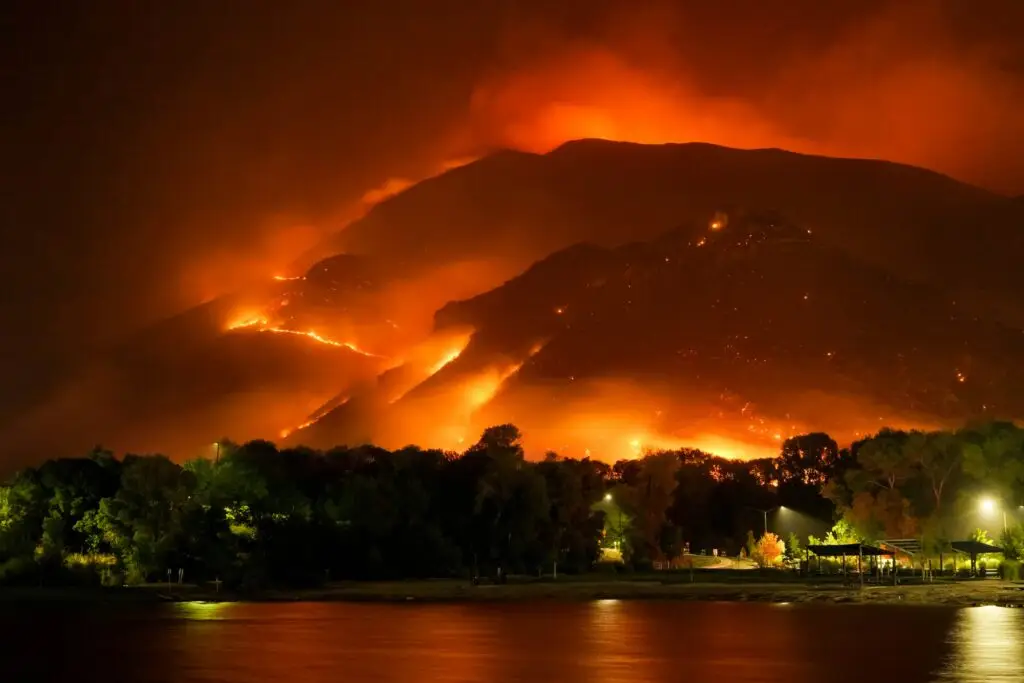
SAN JOSE— As the world grapples with the immediate and visible impacts of climate change, an equally dire but less conspicuous crisis is unfolding — the loss of biodiversity. A report from the Intergovernmental Panel on Climate Change (IPCC) sheds light on this alarming issue, revealing the intricate link between climate change and biodiversity loss.
The report, approved by all member countries of the IPCC, paints a grim picture of the future. It states, “A large fraction of terrestrial and freshwater species faces increased extinction risk under projected climate change during and beyond the 21st century.” This statement underscores the urgency of addressing biodiversity loss as part of the broader climate change agenda.
Biodiversity, the variety of life on Earth, is not just about the number of species but also about the complexity of their interactions. These interactions form the backbone of ecosystems that provide us with essential services, from food and water to climate regulation and disease control. However, climate change is disrupting these interactions, leading to shifts in species’ geographic ranges, seasonal activities, migration patterns, and abundances.
The impacts of these disruptions are far-reaching. For instance, decreases in crop yields, more common than increases, are a direct result of changes in pollinator populations and pest dynamics. These changes threaten global food security, hardest-hitting communities that rely heavily on subsistence farming.
Furthermore, the report highlights the heightened vulnerability of societies to climate risks, depending on their social, economic, and political contexts. This vulnerability is particularly pronounced in developing countries, where people depend more directly on biodiversity for their livelihoods and where the capacity to adapt to changes is often limited.
The report also emphasizes the difficulty of predicting future vulnerability among complex inter-related ecological systems. Human actions, including exposure to other anthropogenic threats, add another layer of complexity to these projections.
However, all is not lost. The report provides a roadmap for integrating its findings into national biodiversity strategies and action plans. It calls for a two-pronged approach: adaptation to reduce the impacts of climate change on biodiversity and mitigation to reduce the drivers of climate change.
Adaptation strategies include creating protected areas, restoring degraded ecosystems, and implementing sustainable land management practices. Mitigation strategies, on the other hand, involve reducing greenhouse gas emissions, for instance, by transitioning to renewable energy sources and promoting sustainable consumption and production patterns.
The report’s findings underscore the need for a paradigm shift in how we view and address climate change. It is not just about reducing carbon emissions or adapting to changing weather patterns. It is also about preserving the intricate web of life that sustains us.
The twin crises of biodiversity loss and climate change demand a comprehensive, unified approach. This report underscores the deep connection between the fate of our planet’s biodiversity and the climate crisis. Tackling one without addressing the other is not viable. Policymakers, conservationists, and every individual must recognize and act upon this interconnectedness for the sake of our collective future.


